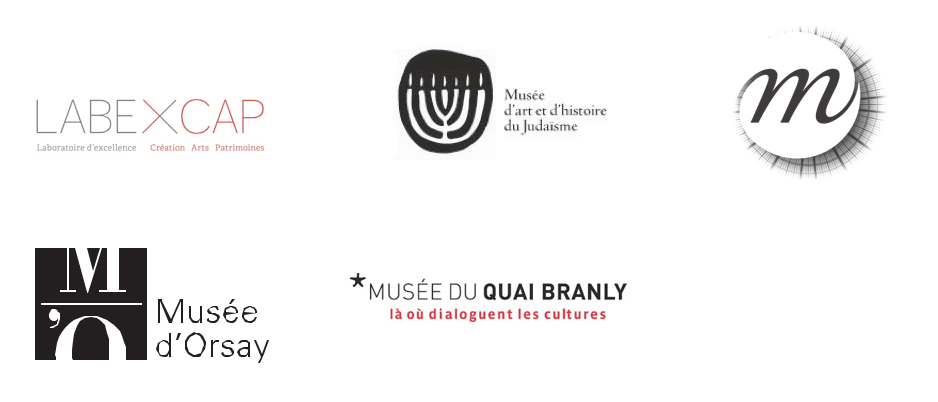Le Musée national Picasso-Paris a ouvert à nouveau ses portes au public le 25 octobre 2014. Il conserve la première collection au monde d’œuvres de Pablo Picasso. Son fonds est constitué en majorité des œuvres que Picasso a gardées par devers lui toute sa vie, les « Picasso de Picasso », et celles d’autres artistes, sa collection particulière. Le musée conserve également ses archives privées données en 1992 à l’État et affectées au musée par les Archives nationales. Le Musée national Picasso-Paris se trouve ainsi dans une position particulière dans le paysage muséal : il n’est pas seulement « monographique », il couvre le spectre de toutes les périodes, de tous les aspects de la vie de Pablo Picasso, du billet de rendez-vous glissé dans sa boîte aux lettres au bronze de Boisgeloup.
Rouvrir un musée, c’est être amené à questionner à nouveau cette production picassienne, et se trouver en position de l’aborder par des axes et angles nouveaux. Les équipes du musée sont ainsi confrontées à de nouvelles dimensions de l’œuvre picassien. De même, la recherche sur Picasso a suivi dans le monde son propre cours de ces dernières années.
Le Musée national Picasso-Paris a souhaité commencer sa nouvelle existence en organisant un colloque international qui présente une actualité innovante de la recherche sur Picasso. Il s’agit non pas de faire un bilan de l’existant, mais d’envisager ce que pourrait être la recherche à venir sur Picasso. Notre souhait est de rassembler la communauté des experts de l’œuvre de Picasso, d’hier, d’aujourd’hui et de demain.
Quatre champs composent l’armature de ce colloque :
Processus créatifs. Deux questions sont ressorties : celle du cas particulier du « cubisme », et celle de « l’objet », notamment en conservation-restauration et conservation préventive.
Circulations. La question de la circulation des œuvres et de l’image publique de Pablo Picasso constitue le cœur de cette seconde thématique.
Face à l’œuvre. Sont abordées ici les enjeux de la réception de l’œuvre de Pablo Picasso, de la multiplicité des lectures iconographiques, à l’art contemporain.
Autour de l’écrit. Picasso est aussi un poète, et ami des poètes. La dimension scripturale de son œuvre emeure encore un champ méconnu du public.
Direction scientifique : Émilie Bouvard
The Musée national Picasso-Paris reopened its doors to the public on 25 October 2014. The museum showcases the preeminent collection of Pablo Picasso in the world. The collection is primarily composed of the works Picasso kept for himself throughout his life, the “Picasso’s Picassos,” as well as pieces from other masters that he acquired for his personal library. The museum also preserves Picasso’s archives which are part of the French Archives Nationales, and were given to the state in 1992. Therefore, the Musée national Picasso-Paris finds itself in a unique position within the museum landscape. The museum covers the full spectrum of Picasso’s periods and all aspects of his life, from rendez-vous appointments in his letter box, to the bronze sculpture of Boisgeloup.
Reopening the museum has led to a rediscovery and reflection on this Picassoian portfolio, which has allowed the works to be approached from new angles and directions. The Picasso teams are now faced with new dimensions of Picasso’s work. Likewise, the progressive research conducted on Picasso over the past several years has led to new interpretations and comprehensions of the artist and his œuvre.
The Musée national Picasso-Paris wished to start a new collaboration by organizing a symposium, which presents new, innovative research on Picasso. We wished to assemble the experts of yesterday, today, and tomorrow.
The symposium was comprised of four themes:
Creative process. Two questions were discussed: one concerning the particular case of “Cubism” and the other, “the object”, especially relating to the issues of conservation-restoration and preventive conservation.
Circulation. The questions regarding the circulation of the works and the public image of Pablo Picasso constitute the heart of the second theme.
Facing the work. Explored here were the dynamics of the reception of Pablo Picasso’s work, from diverse iconographical interpretations to contemporary art.
Around the writings. Picasso is also a poet and friend of many poets. The written dimension of his work remains a field that is little known to the public.
Scientific direction: Émilie Bouvard
Le Musée national Picasso-Paris remercie ses mécènes et partenaires pour leur généreux soutien /
The Musée national Picasso-Paris thanks its sponsors and partners for their generous support:

